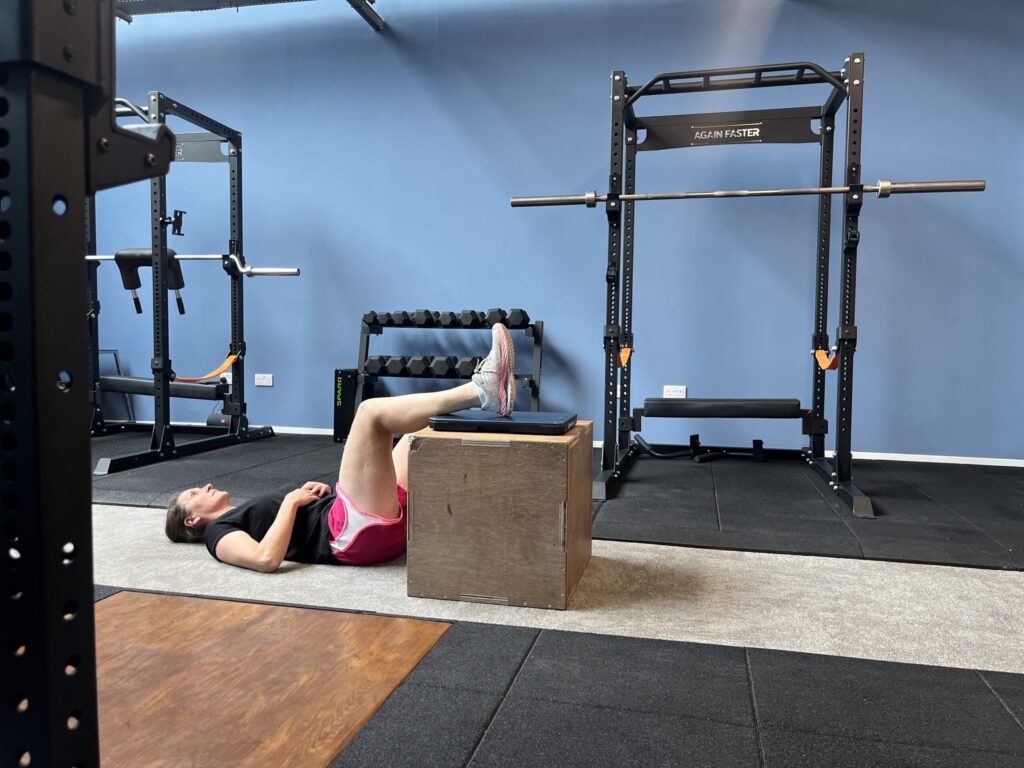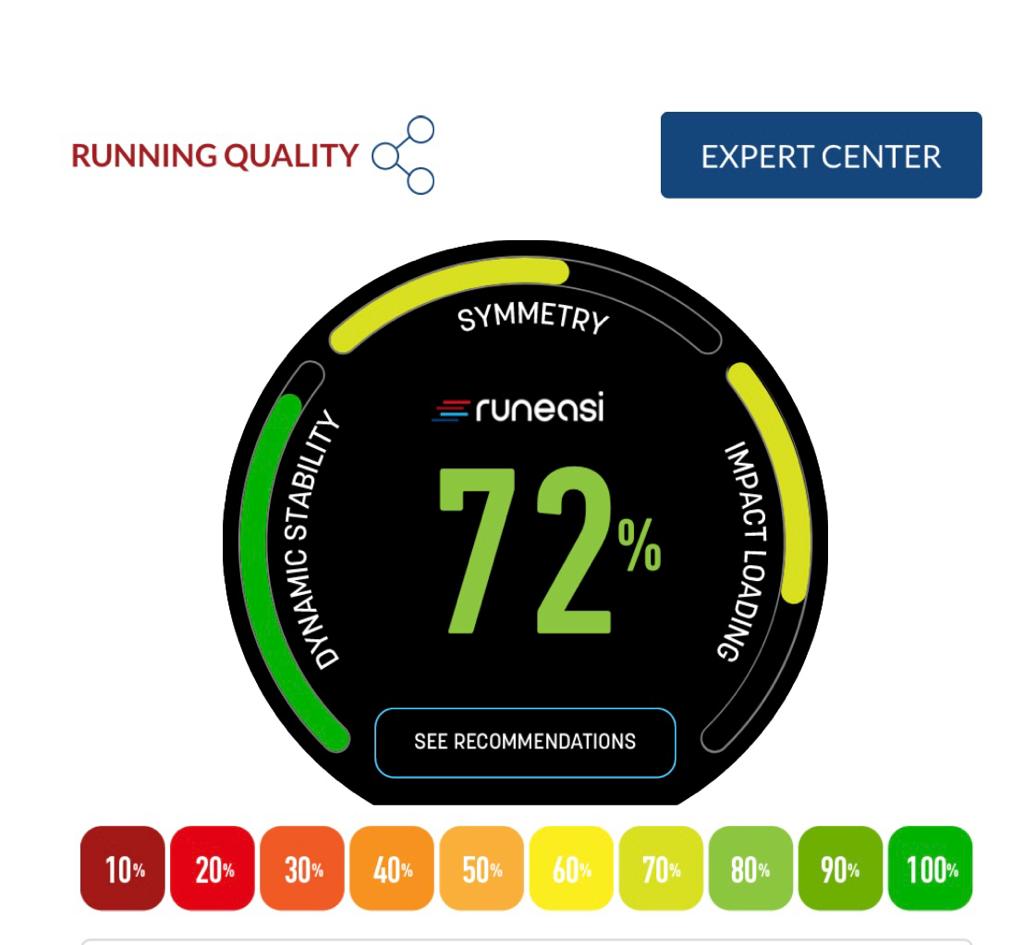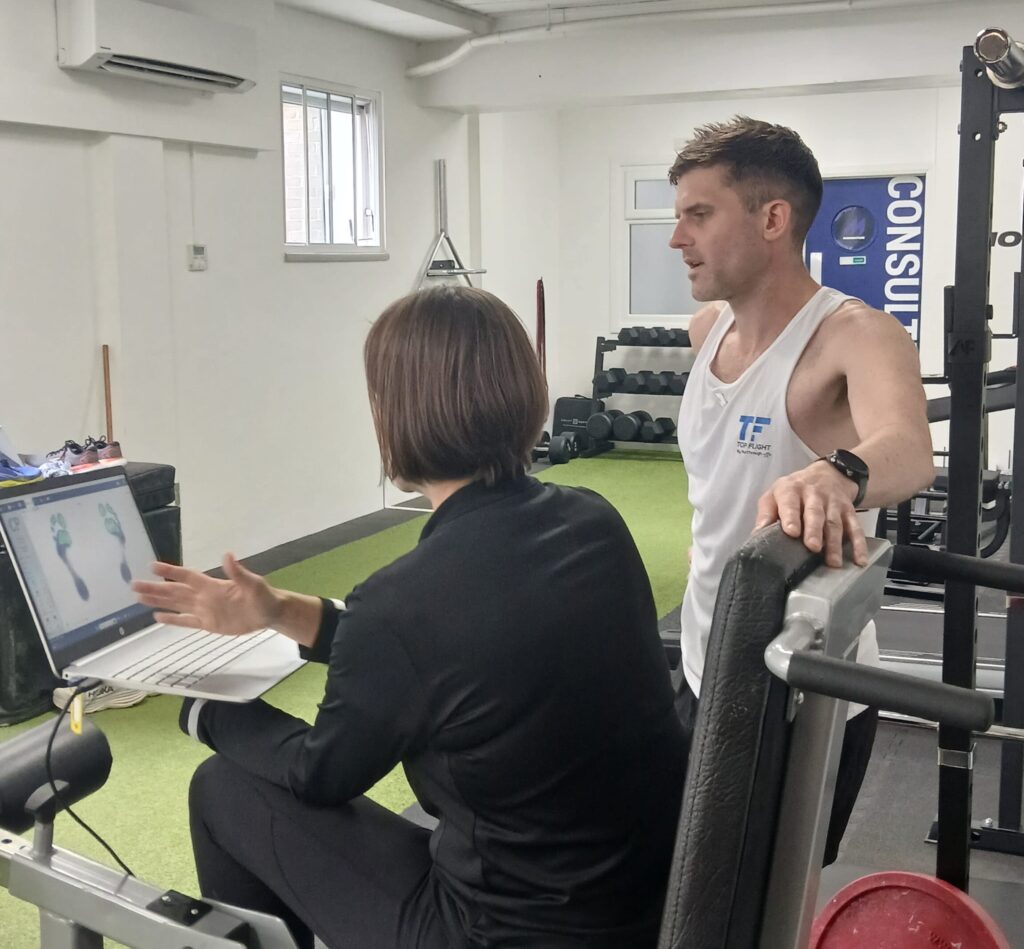How Objective Data is Revolutionising Recovery and Performance
At Momentum Sports Injury Clinic, we’re committed to combining the latest science with personalised care to support your return to peak performance. One of the most powerful tools in our rehab arsenal is the force plate—a precision instrument that brings a new level of insight to lower limb injury recovery.
What Is a Force Plate?
A force plate is a sensitive platform that measures the ground reaction forces produced when a person stands, jumps, lands, or shifts their weight. It captures data in real-time, offering detailed metrics on balance, symmetry, strength, power output, and loading patterns.
In simpler terms, it tells us how you move, how your body distributes force, and how those patterns are evolving during rehab.
Why Use Force Plates in Lower Limb Rehab?
Lower limb injuries—such as ACL tears, ankle sprains, or post-operative hip and knee recovery—require more than just pain reduction and general strengthening. Full recovery demands:
- Restoring symmetrical loading and movement patterns
- Retraining neuromuscular control
- Minimising re-injury risk
- Objective clearance for return to sport or activity
This is where force plates come in.
Key Benefits:
- Objective Baseline and Progress Tracking
Force plates give us hard numbers from Day 1. Whether it’s single-leg vertical jump height, ground contact time, or asymmetries in force production, we can quantify deficits and measure progress with precision. - Real-Time Biofeedback
Live force data helps patients immediately adjust technique or loading strategy. It bridges the gap between what a movement looks like and what it actually is in terms of force distribution and timing. - Better Return-to-Play Decisions
Traditional clearance decisions can rely too heavily on time-based protocols or subjective assessments. With force plate data, we can ensure you’re not just pain-free but functionally strong, symmetrical, and ready to meet the demands of your sport or lifestyle. - Early Detection of Compensations
Even when a patient “feels fine,” compensatory patterns can persist. These subtle imbalances may not be obvious visually but show up clearly in force-time curves—helping us intervene before problems resurface.
How We Use It at Momentum
Our team integrates force plate testing throughout your rehab journey. Key points include:
- Initial Assessment: To establish a baseline for strength, balance, and asymmetry.
- Mid-Rehab Testing: To ensure exercises are correcting imbalances and building capacity.
- Performance Testing: To safely progress running, cutting, or jumping activities.
- Return-to-Play Clearance: Combining force data with clinical testing for a comprehensive decision.
Who Benefits?
- Athletes returning from ACL reconstruction or lower limb surgery
- Weekend warriors with chronic ankle instability
- Older adults improving post-op function and fall prevention
- Anyone who wants a data-driven rehab experience
Final Thoughts
Force plate technology empowers us to take rehab beyond guesswork. At Momentum, we believe that objective data leads to smarter decisions, faster recovery, and better long-term outcomes. Whether you’re an elite athlete or simply want to move better, our cutting-edge tools and clinical expertise are here to support your journey.
Want to learn more or book an assessment?
Contact us today or visit our clinic to see how data-driven rehab can elevate your recovery.




